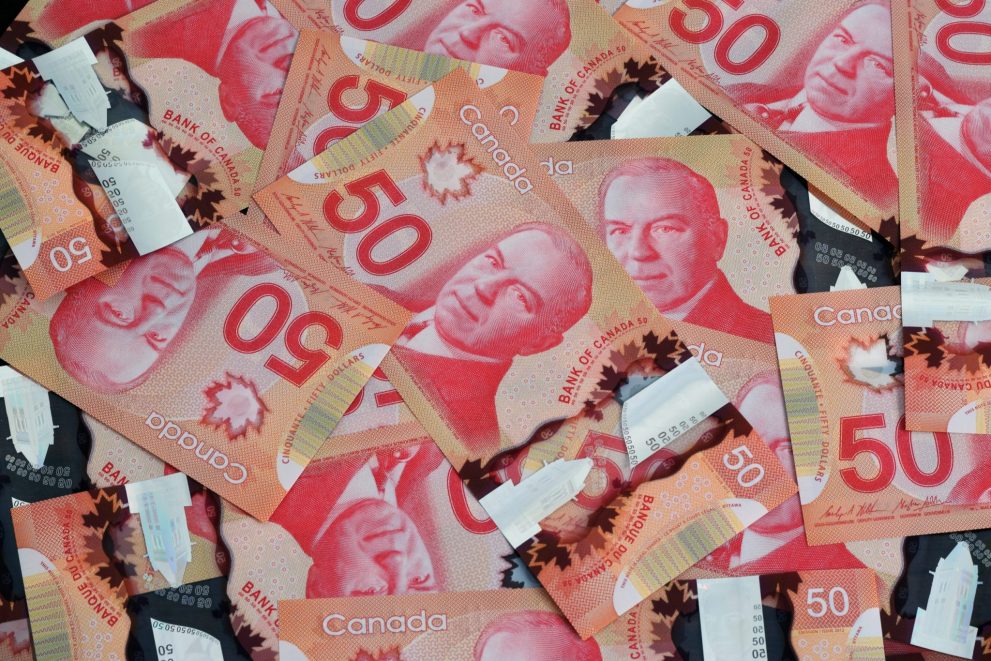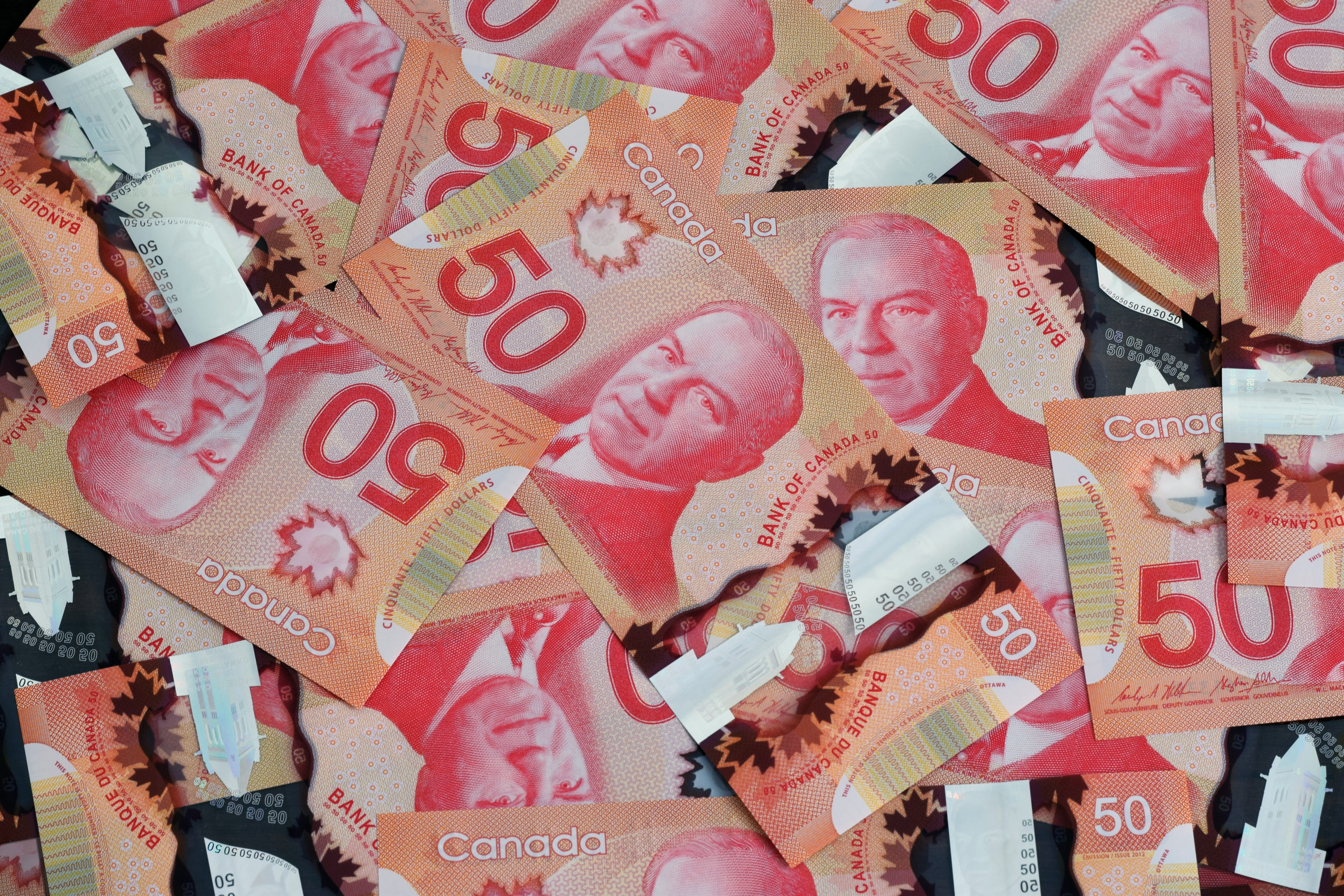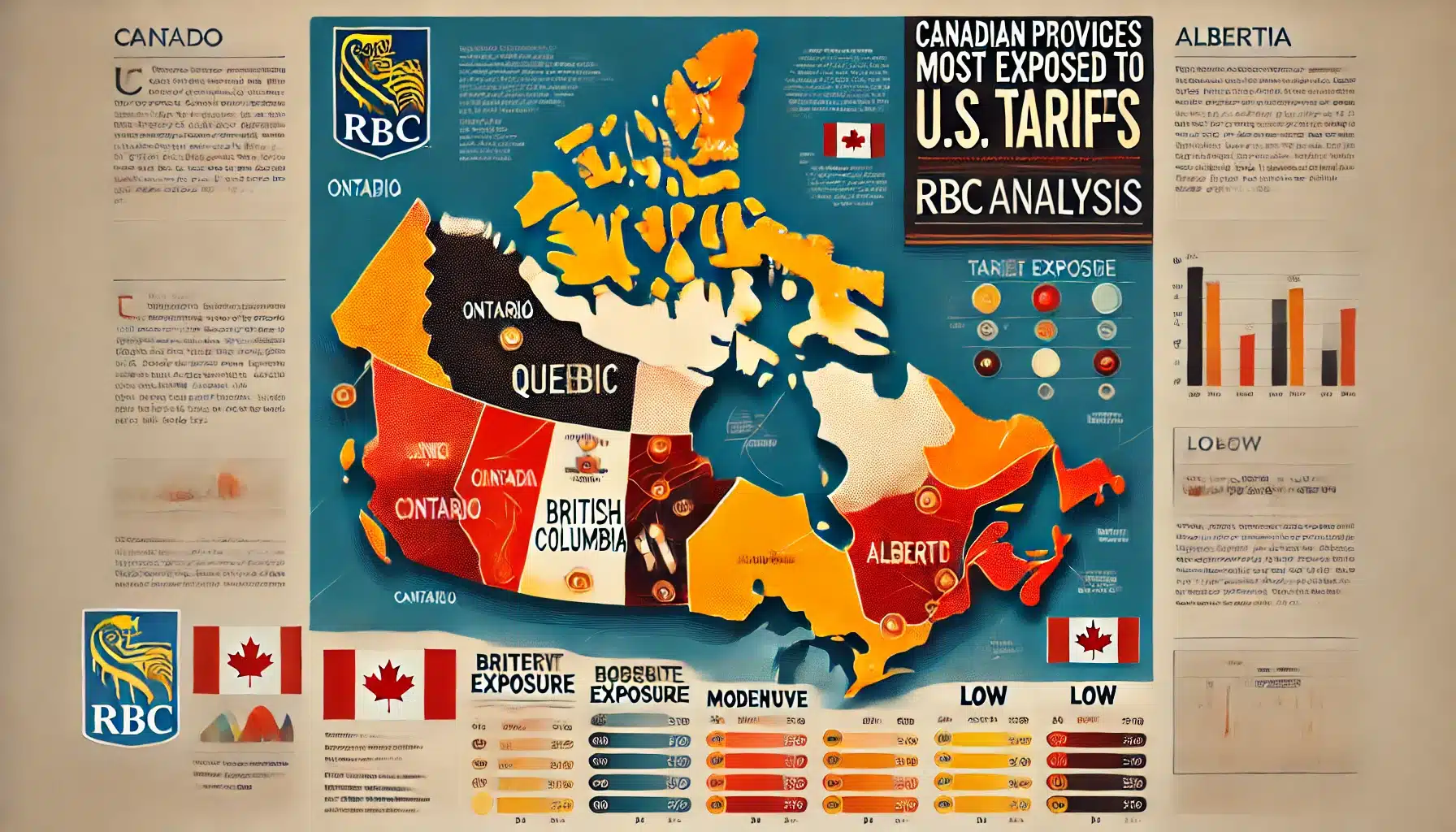
 It was a great run for the Canadian dollar from early 2020 through the second quarter of this year, but a pullback over the past month or so appears to have put a cap on those gains. It’s no wonder, says Christine Poole, CEO of GlobeInvest Capital Management, who thinks the range-bound loonie won’t be heading higher anytime soon.
It was a great run for the Canadian dollar from early 2020 through the second quarter of this year, but a pullback over the past month or so appears to have put a cap on those gains. It’s no wonder, says Christine Poole, CEO of GlobeInvest Capital Management, who thinks the range-bound loonie won’t be heading higher anytime soon.
“Forecasting currency is very difficult, and especially to try and do it over the next six months. The Canadian dollar has strengthened relative to the US dollar, let’s say, from a year ago, and it could be a number of things,. Maybe that means that the Bank of Canada is likely more hawkish than the US Federal Reserve, and we’ve seen the resurgence of stronger energy prices, so, usually, there’s a strong connection between petroleum prices and the Canadian dollar,” Poole said, speaking on BNN Bloomberg on Tuesday.
“Having said that, I think that we’re kind of range-bound. My personal opinion is that we’re probably in the range of maybe the 75 to 85 cent levels,” she said.
The Canadian dollar has dropped below $0.80 this week compared to the US dollar, the first time at that level since mid-April and part of a broader pullback for the loonie from just under $0.83 hit in mid-May, a rate not seen since 2015.
The loonie has been a strong performer against G10 currencies this year on the back of higher oil prices and a better economic picture vis-a-vis the pandemic. Oil had been rising for about a year, going from a low of $17 for a barrel of West Texas Intermediate in April of last year to as high as $75 by late June of this year.
Poole says the links between the Canadian and US economies will moderate the Canadian dollars ups and downs over time.
“In the end, the economy is probably going to drive what happens to the currency, and I think our economic situation is somewhat similar to what’s happening in the US,” Poole said.
“We’re coming out of the reopening and you’re going to see central banks eventually raise interest rates,” she said. “I don’t see the Canadian economy growing significantly stronger than the US economy and that would probably have to be a condition in place for the Canadian dollar to continue to appreciate, so I do think it’s somewhat range bound — neither much higher or lower, let’s say.”
“Maybe it falls back a bit because of the strength we’ve seen over the past year,” Poole said.
US Federal Reserve Chair Jerome Powell said on Wednesday in front of the House Financial Services Committee that there’d be no immediate change to the Fed’s near-zero interest rate, insisting that rising inflation in recent quarters has been more a result of contingencies related to the pandemic than a sign of greater economic concern.
Powell said economic recovery, maximum employment and inflation hitting two per cent is still “a ways off” and that he’d therefore hold steady regarding a potential change in policy regarding central interest rates.
“Conditions in the labor market have continued to improve, but there is still a long way to go,” said Powell on the broader recovery.
Jobless rates in the US have improved in recent months, with a reported 850,000 jobs added over the month of June compared to a rise of 583,000 jobs for May. For its part, Statistics Canada said the Canadian economy added 230,700 jobs in June, with rising vaccination rates having a continued downward pull of COVID cases and hospitalizations across the country.
Stats Canada said part-time positions in the retail industry saw a huge jump along with jobs in the accommodation and food services sectors. The Canadian unemployment rate fell to 7.8 per cent compared to 8.2 per cent in May. For perspective, the June rise in employment puts the country down about 340,000 jobs or two per cent of the workforce compared to pre-pandemic levels in early 2020.
The Canadian dollar rose slightly on Wednesday as the Bank of Canada announced a reduction in its weekly net purchases of Canadian government bonds on Wednesday to a target of $2 billion from $3 billion. The central bank said the risks of COVID-19 to Canada’s economy were “significantly diminished,” with an uptick in economic growth expected for the third quarter.
“That was probably the market’s expectation,” said BMO Capital Markets head of foreign exchange Greg Anderson, to Reuters. “There was maybe a little bit of pricing in of the possibility it could have been bigger.”
“[There is a little of a disappointment that the [Bank of Canada] didn’t take as much of a hawkish turn as maybe some in the market probably thought they might,” Anderson said.
Leave a Reply
You must be logged in to post a comment.


 Share
Share Tweet
Tweet Share
Share



Comment